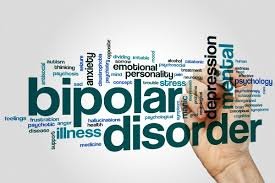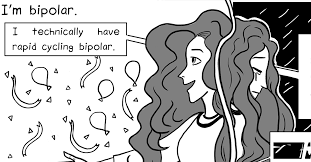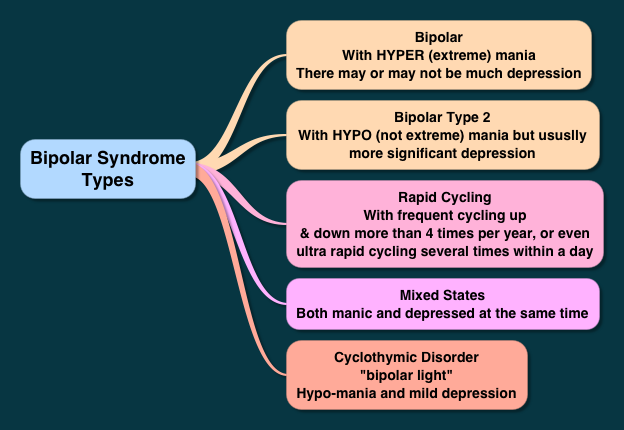
Bipolar disorder is the condition of a person who experiences mood swings are fluctuating and drastic, for example suddenly become very happy from the previously gloomy. Another name for bipolar disorder is a depressive bead.
There are two episodes in bipolar disorder, ie episodes of mania (up phase) and depression (phase down). In the period of mania, the patient becomes visibly vibrant, energetic, and fast-talking. While in the period of depression, the patient will look sad, lethargic, and lost interest in daily activities.
Based on the mood episode turnover, there are some people with bipolar disorder who experience a normal state between mania and depression. There is also a rapid turnaround from mania to depression or vice versa in the absence of a normal period (rapid cycling). In addition, there are also people with bipolar disorder who experience mania and depression simultaneously. For example, when the patient feels very energetic, but at the same time also feel very sad and desperate. This phenomenon is called a mixed state.

Causes of bipolar disorder
Until now, experts do not know the cause of bipolar disorder. This condition is thought to arise due to an imbalance of neurotransmitters in the brain. Neurotransmitters include dopamine, serotonin, and noradrenaline which have the function of controlling brain functions. The notion that bipolar disorder is affected by an imbalance of neurotransmitters is reinforced by medical evidence, ie when a person has too low noradrenaline levels that trigger episodes of depression. And conversely, when the levels of noradrenaline are too high, then what appears is the episode of mania.
The opinion of some other experts says that bipolar disorder is related to genetics inherited from parents and environmental factors in which a person is raised.
A person suffering from bipolar disorder, symptoms may appear at any time. The appearance of these symptoms can be triggered by several things, one of which is excessive stress, such as being left behind by a loved one, due to divorce or breaking up with a lover, and because of abuse. Stress should not be taken lightly as it proves to be the main driver of most psychological problems, including bipolar disorder.

Diagnosis of bipolar disorder
In diagnosing bipolar disorder, the doctor will usually first dig the information directly from the patient or someone who accompanies the patient's treatment. The doctor or psychiatrist will ask if the patient has experienced a drastic mood swings, what he feels when the period is present, and when that period occurs.
After that, the doctor or psychiatrist will also question the patient's family health history, whether he has an older sibling, a sibling, or an elderly person with bipolar disorder. Doctors may also perform tests to measure thyroid hormone levels and ensure symptoms suffered by the patient is not a result of hypothyroidism or hyperthyroidism.
In addition to asking directly to the patient or someone who accompanies the patient's treatment, the doctor may also need to analyze data from the diary about the mood. In this case, the patient will be assigned by a psychiatrist to record about his daily mood, daily sleep patterns, and other matters related to psychiatric conditions.
If all the information has been collected, then the conclusion can be more easily done. Full details will also help the doctor in providing appropriate treatment.

Congratulations @waklu! You received a personal award!
You can view your badges on your Steem Board and compare to others on the Steem Ranking
Vote for @Steemitboard as a witness to get one more award and increased upvotes!